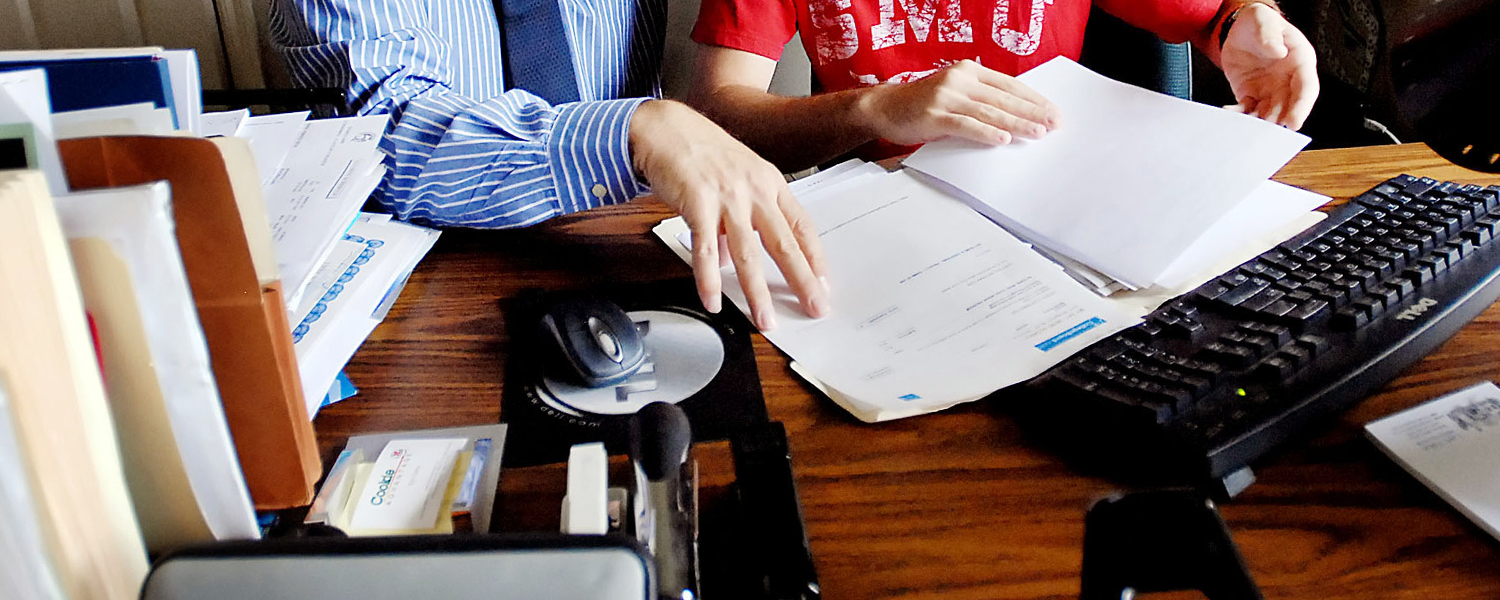The IP Address is a set of numbers that identifies a device on a network. It functions similarly to a mailing address, distinguishing one machine from another just like it differentiates different buildings. This is because all devices connected to the internet need a unique identity so that they can send and receive data.
Keeping track of your computer’s IP address, and the wireless password you use to access your home network can be difficult. Fortunately, there are tools included in most operating systems that can display this information for you. For example, the Microsoft Windows and Apple Mac operating systems include a simple way to view your router’s public IP address in just a few clicks. This method requires you to be logged in to your computer, but the process should only take a few minutes.
You can also find your router’s login IP address in four easy steps Visit my blog using the ipconfig command. This command is included in most versions of the Windows, macOS, and Linux operating systems, and can be accessed through the Power User Menu. To open the Power User Menu, right-click on the Start button and select “PowerShell” or “Terminal” from the list of options in the Power Users Menu.
Once you have an idea of what your router’s IP address is, you can log in to it to change your wireless password and other settings. The default login for most routers is “admin” and “password.” You can also find the default password for your specific router by referring to the documentation that came with it or by looking online. There are also websites that provide a large database of router passwords by make and model.
Your router can have two IP addresses, one for the wider internet and one for your home network. The router’s private address is useful for finding out how your router interacts with your computer and other devices on your home network, but it can be harder to discover. To find your router’s private IP address, you can use a utility included in your operating system or a free tool such as ipconfig /all.
An IP address is your footprint on the web, and it can reveal a lot about you. It can show where you’ve been, what you’ve been doing, and even your current location. For this reason, a lot of people hide their IP addresses to protect their privacy. You can learn more about hiding your IP address in our article. There are also some security risks associated with having an unhidden IP address, including that it could be used by bad actors to gain access to your computer. It can also be used by bots to harvest passwords from a computer or a router, and by hackers to brute force their way into networks. To mitigate this risk, you can add randomness to your passwords to help prevent bots from guessing your password with a brute force attack.

